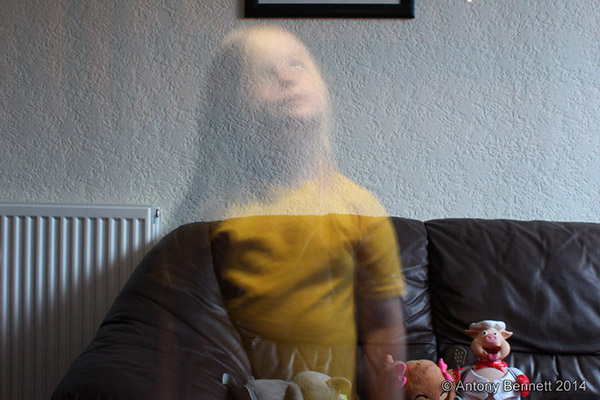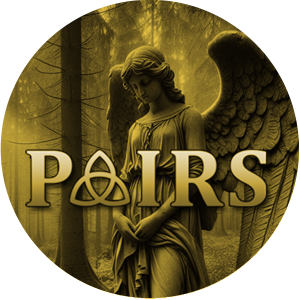Taking photos and videos are a good way to try and capture paranormal evidence. When you do this there are a couple of things you need to be aware of.
When you take pictures and video there will be no doubt that there will be dust in the room (not necessarily visible to the eye or camera in normal light conditions). Cameras struggle to focus on such small things and it tries its best to make out what it detects, but it blurs it and makes it look larger than it is. When you have a light source illuminating the area the dust reflects the light accentuating it making it look like it is glowing. These are what people sometimes mistake as orbs.
The other thing that can reflect light and can be mistaken for an orb is a small insect. These are quite easy to pick out as they have quite distinguishable paths of flight.
A true orb is visible to the eye and sometimes interacts with people, illuminating and moving with specific questions.
Blurring can also be an issue when taking photos in low lighting conditions without a flash. The reason is because when a digital camera is in auto mode it tries to make several decisions to get the best results. These are ISO, shutter speed and aperture. The ISO determines how much light accesses the camera’s sensor, the shutter speed is how long the shutter is open when taking the image and the aperture is how wide the lens is open.
The ISO is not really going to affect the focusing, but if it is too high it could make the image grainy.
The shutter speed or exposure time is the main reason for an image blurring. It is basically how long the shutter is open to allow light in to take the image, the longer it is open the more light gets in. For example if you are taking a picture of someone or an object that is moving around, a shutter speed of around 1/500 and above (one five hundredth of a second) should be enough to prevent blur in the image. If the person is standing still and there is no background movement a shutter speed of 1/60 of a second should be fine. When the camera is in auto mode and lighting conditions are poor, there is a good chance it will select a low shutter speed making any movement blurry.
Here is an extreme example of a slow exposure time: If you go into the manual mode of a camera and set the shutter to be open for ten seconds, it will allow 10 seconds of light/image to be processed by the sensor (you will need a tripod to take this kind of picture as any movement will blur). The first part of the shot have someone in the frame for 5 seconds, then get them to move out of the scene. The camera will take 5 seconds of the subject and another 5 seconds of the background so the main subject would appear transparent. Here is an example of one I did

Camcorders and other video recording devices obviously work differently mechanically to cameras that take still images but the same rules apply to dust and insects reflecting light. So if you see something bright, slightly transparent and spherical in shape moving across the screen, it just might be dust or a bug.
Some of the more expensive video cameras out there offer adjustable frame rates. The bog standard hi8 camcorders usually have a frame rate of 29.97 fps (frames per second). The higher the fps the better quality the video will be when the footage is slowed down. If you have a video camera that takes 60fps per second, that is going capture 30 more frames in a second than if you were to have your video set at 30fps. The higher the frame rate, the more information will be captured per second. Slowing down the footage can be handy if you catch something you want to look at further in detail and review frame by frame. Most DSLR cameras can take video and usually offer higher frame rates, as do most modern video camcorders.
Please be aware frame rate and shutter speed are not the same.



